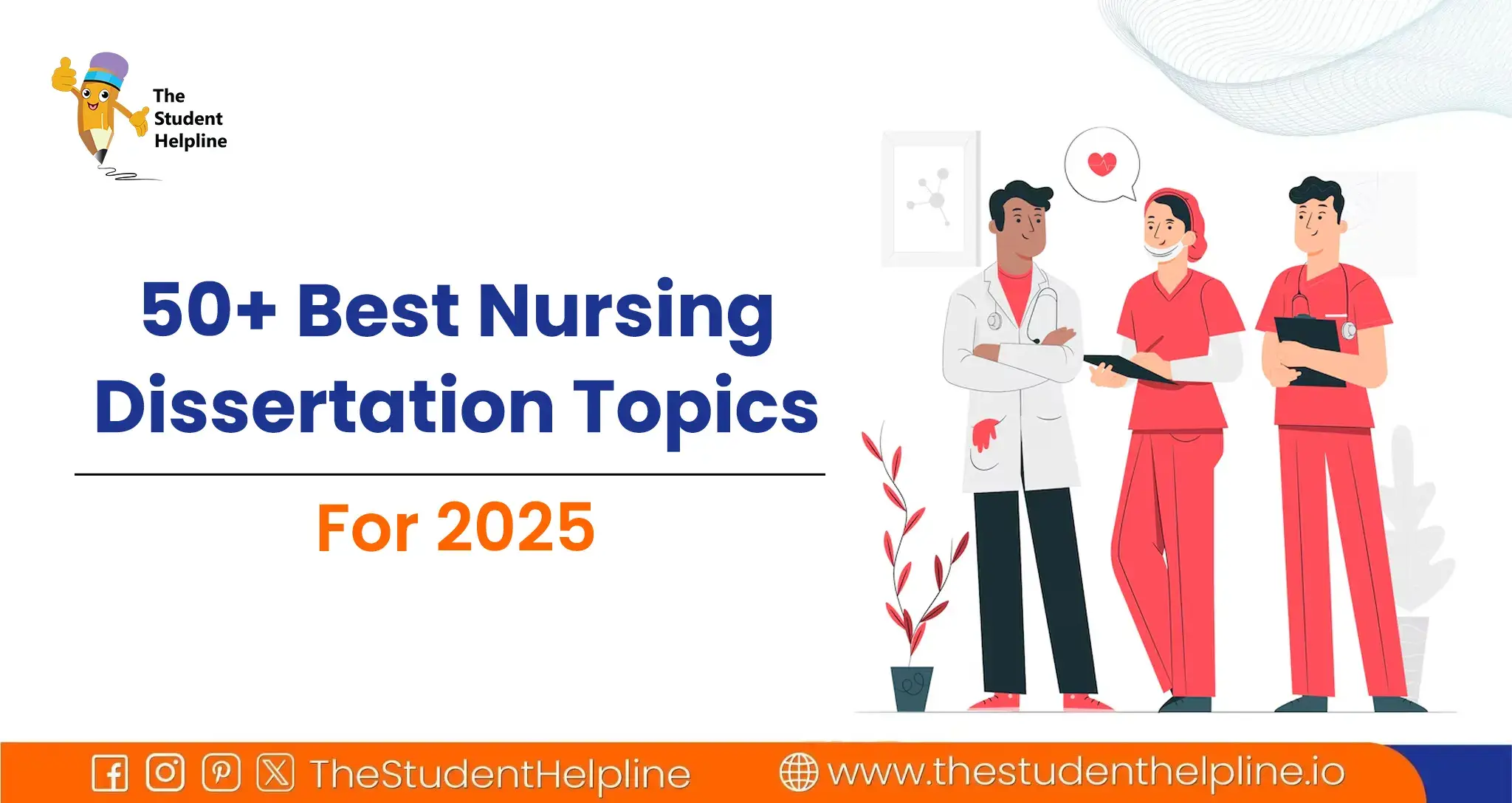MED5487 Obesity And Weight Management Answer:
Introduction
Obesity can be considered as a progressive and often complex chronic disease, that is characterised by surplus body fat- adiposity that can lead to a poor health outcome. Obesity upsurges the chances of developing various life-limiting illness, for instance, type-2 diabetes, cardiovascular disease and many cancer forms that reduce the life quality of the person and ultimately associated with premature death (Noonan, 2018). Scientific advances have indicated that weight gain is associated with multiple factors and different individual to individual; hence make it complicated to understand the actual mechanism of weight gain. However, genetic make-up, social and biological factors cumulatively impact the overall health of the person (Theis and White, 2021).
Socio-economic factors myriad- for instance, income, access to space, education, housing, sale and access of healthy and unhealthy food- impact the choice of the food, including un/ healthy food and ultimately increase the risk of obesity development (Javed et al., 2015). The chief driver of all the above-mentioned factors is what type of food a person is consuming, that in return shape by the food environment of an individual (Adams, 2020). Therefore, it is essential to understand how the above-mentioned factors play a chief role in creating health inequalities amongst the individual living in disadvantages and advantages circumstances. For instance, one in five England individuals, who are residing in poverty, eating balanced food, is subordinate to eating at all (Blher, 2019).
The deprivation impact on the obesity rate is very concerning; with adults in almost all deprived region having double prevalence and incidence rate of obesity (36%) as equated with the least deprived (20%). The deprivation effect upon childhood is even more alarming, as in the UK, in 2018-2019 the children (10-11) obesity prevalence rate was approximately 27% in the more underprivileged areas compared to the less deprived area with a 13% obesity rate. However, the obesity prevalence gap between the children living in the more underprivileged and least underprivileged area is growing and stark, with an upsurge from 8.5% (2006-2007) to 14% (2018-2019) (Royal College of Physicians, 2020).
Additionally, consulted to the researchers, such as (Noonan, 2018), and (Rougeaux et al., 2017) highlighted that poverty is one of the socio-economic factors that can also impact the food habit of the person, as individual will look for the food that he/ she can buy easily. Socio-economic factors including poverty and unemployment play a major role in driving poor mental health nursing, including obesity. Hence this literature review is an attempt to evaluate the association between poverty and obesity prevalence rate. To fulfil the above-mentioned aim, the methodology for the conduction of this study will be included. Moreover, a comprehensive discussion and recommendation based on the discussion will be encompassed.
Method
This section is aiming at elaborating on the selected methodology for gathering and formulating evidence deployed in this literature review. This research commences a critical review of the existing literature to formulate the structured literature review. The study design is undertaken to ensure gathering maximum understanding on the relationship between obesity and poverty. Systematic review's principles are followed by presenting the clear aim of the study and further the specific selection criteria will be defined to short-list and evaluate the included studies (McKinnon et al., 2018).
Selection bias is the chief source of error while conducting a literature review as the researcher might only include the studies or articles which seem to be right as per the pre-conceived notions related to the study aim and objectives. Hence, selection criteria are paramount to reduce the risk of selection bias (Kohler Riessman, 2013). The selection criteria for this study are as below:
- Articles that are published in the English language as the researcher can only understand and read the English language. However, this leads to language bias.
- Qualitative review hat investigated the impact of poverty on the obesity prevalence rate. This selection criterion was directly linked with the research aim and objectives.
- Quantitative research articles evaluated the relation between poverty and the obesity incidence rate.
- Articles that focus on adolescents and poverty were included in this study.
Exclusion criteria: the researches that did not focus on the association between poverty and obesity will not be included in the current study. Moreover, the studies which were published before 2012 will be excluded from this study to ensure the research data applicability. Lastly, the articles which were not published fully were not included in this research.
The database was deployed to find the articles: Science Direct, Embase, PubMed, MedLine Full Text, CINHAL and Google scholar. The keywords used for searching the articles were body mass index, adolescent, obesity, poverty, and dietary intake. The searcher limiters were used for this literature review to find the specific articles that were published in English from 2012 to 2021 with full texts;; The summary of the deployed Key-words are presented in the tabular format as below:
| Body mass index |
AND
|
Poverty |
AND
|
Adolescent |
| OR |
OR |
OR |
| Adolescent |
Obesity
OR
Body mass index
OR
Adolescent |
Dietary intake |
| OR |
OR |
OR |
| Dietary intake |
Poverty |
Body mass index |
In this literature review, the data extraction form had been used for the extraction of the data from the selected articles (the form is attached in the appendix). The CASP tool was used for evaluating the quality of the research articles grounded on the set of the question divided into three sections. The CASP tool form is included in the appendix.
Literature Review
Noonan (2018) researched intending to evaluate the relationship between income and overweight frequency in UK adolescents. The author collected the data from UK Millennium Cohort Study and measured the body mass index of the participants to classify them as obese or overweight. Moreover, the author evaluated the steady household income to categorise the family as per the income value. Based on the data collected from 5425 boys and 5311 girls participants, the author concluded that adolescents from the lowest income family have more risk of obesity and overweight. The adolescent from the poor family reported more intake of sweetening food, drink, fast foods and lees intake of vegetables and fruits (the P-value was smaller than0.001, which indicates significant intake of fast food as compared to balanced diet). The author also stated that the poverty difference magnitude concerning the dietary intake and weight status were more in girls compared to boys. Generally, the quality of diet was better amongst girl. The boy participants from the poor family (11.50%) showed more obesity frequency as compared to a boy, not from the poor family (5.90%). In contrast, 11.90% of the poor girls were obese as compared to girls, not in poverty (5.60). Additionally, the author reported that 20.50 % of the girl from the poor family had fruits more than twice daily as compared to the girl from a well do family (36%). However, the boys from the poor family have approximately 22% of fruit intake as compared to boys from the privileged family (33%). Fast food frequency amongst the children from the underprivileged family was also higher than the children from the good income sourced family.
Similar results were also presented by Jones and the co-researcher through the study conducted in 2014. The author argued that the increased cost of a balanced diet and healthy foods including fruits and vegetable might be the reason that the individual from the unprivileged or low socioeconomic status is not able to buy the same. People from poor family have more inclination towards fast food due to cost factor associated with the same. The researchers also reported that UK adolescents from the poor family were consumed less dietary food and vegetables as the food choice, dietary habits and quality of food is directly associated with family income and food price. Luger et al. (2017) stated that high fast food and sweetened beverage consumption is directly linked to obesity.
Recently, Bann et al. (2018) reported that the wide socio-economic disparities are one of the factors which are directly linked to obesity in the UK. However, the obesity burden is more on adolescents from underprivileged families. The eating behavioural is linked with the household income as constrained food budget is associated with low nutrient and high energy diet and the extended studies (Moore and Evans, 2020), demonstrated that disadvantaged adolescents and individual meet vegetables and fruits recommendation. Hayre (2020) stated that previously obesity and overweight was associated with the wealth and prosperity sign. Nevertheless, the association between weight status and poverty has changed over the last approximately 50 years.
According to the study done in the UK, 10-12 years kids from underprivileged families were 4.4 pounds lighter as compared to the children from a high-income family. However, the situation has been changed as the poorest children were 5 pounds heavier as compared to wealthier children in 2015 (Pearce et al., 2015). Therefore, conventionally, poverty-stricken families often fought to feed their family members and thin children were associated with malnutrition. But, the scenario shifted from malnutrition to obesity amongst the children and people living in the poverty (Lu et al., 2020).
Discussion And Conclusion
Modern Malnutrition defines the new trend of malnutrition that is associated with a diet high in salt, sugar and fat- often leads to obesity and over-weight- and reduced intake of minerals and vitamins from whole grains, fresh vegetables and fruits. The above-mentioned statement aid in understanding the reverse concept of obesity associated with poverty as malnutrition is commonly seen in families with poor socioeconomic condition (Burman et al., 2021). The affordability, quality, and availability of drinks and food are the paramount contributing factors in the reversal role (Noonan et al., 2021). However, there is a contradictory amount of study around whether unhealthy food, including processed foods, are cheaper, equal or more expensive than healthier food, including nuts, whole grains goods, lean meats, vegetables and fresh fruits (Stewart et al., 2021). There are various existing studies (Kim and von dem Knesebeck, 2018), and (Lai et al., 2019) suggests that high sugar, salt and fat products are usually exposed to campaigns in the supermarkets and the costs are undoubtedly be a paramount factor in what drink and food low-income person purchase.
Moreover, there are various pieces of evidence from the existing literature that suggests there are high numbers of fast food takeaways in the underprivileged areas that imply the high availability of high salt and sugary food items in the affluent areas. Researchers have established that children residing in poor area are more exposed to fast food, nearly five times more than the children of high income sourced families (Burgoine et al., 2018). Therefore, it can be debated that the rise of risk of obesogenic environments over the last few decades is maybe one of the vital factors that cause drastic turn from the linkage between the underweight (malnutrition) and poverty to obesity and poverty- together with persisting income and public health disparity in the UK -leads to poor health outcomes in the underprivileged society. Therefore, poverty and low household income influence the choices of the people as fast food and junk food filled with high sugar and salt content is cheaper than a healthy balanced diet (Flint et al., 2016).
To conclude, the increased cost of a balanced diet and healthy foods including fruits and vegetable might be the reason that the individual from the unprivileged or low socioeconomic status is not able to buy the same. People from poor family have more inclination towards fast food due to cost factor associated with the same. High numbers of fast food takeaways in the underprivileged areas implies the high availability of high salt and sugary food items in the affluent areas. Hence, poverty is one of the socio-economic factors that can also impact the food habit of the person, as individual will look for the food that he/ she can buy easily. Socio-economic factors including poverty play a major role in driving poor health, including obesity.
Recommendations
The following recommendations are grounded on the critical evaluation of the existing literature on the socioeconomic factor, poverty and obesity.
- The government must promote the accessibility of affordable healthy foods including vegetables and fruits.
- Up-surging availability of beverage and healthier food selections in the public service locations can be an effective technique to reduce the inclination towards fast food and sweetened beverages.
- Awareness is the key element in motivating people to adopt a good diet habit for instance, including fibres, fruits, vegetables and non-sweeten drinks.
- Liaison with proper training related to diet chart formulation and physical activity (exercise and yoga) must be instituted to aid in the development of a curriculum that ensures knowledge and understanding of physical activity and nutrition principle at the childhood level.
- Formative study with the family under the influence of poverty must be undertaken to understand the pattern of poverty and obesity more thoroughly.
- Action research program must be supported and centered on the personalized strategies to empower and skill families, for instance, cultural brokers must be connected with the families and help them to connect with the services, including peer-support nutrition workforces.
Some of The Common Topics That Our Nursing Assignment Writer UK Have Covered Are:



 Australia
Australia USA
USA United Kingdom
United Kingdom Canada
Canada Malaysia
Malaysia Singapore
Singapore Hong Kong
Hong Kong Qatar
Qatar UAE
UAE Saudi Arabia
Saudi Arabia Kuwait
Kuwait Bahrain
Bahrain Oman
Oman Jordan
Jordan New Zealand
New Zealand Ireland
Ireland











